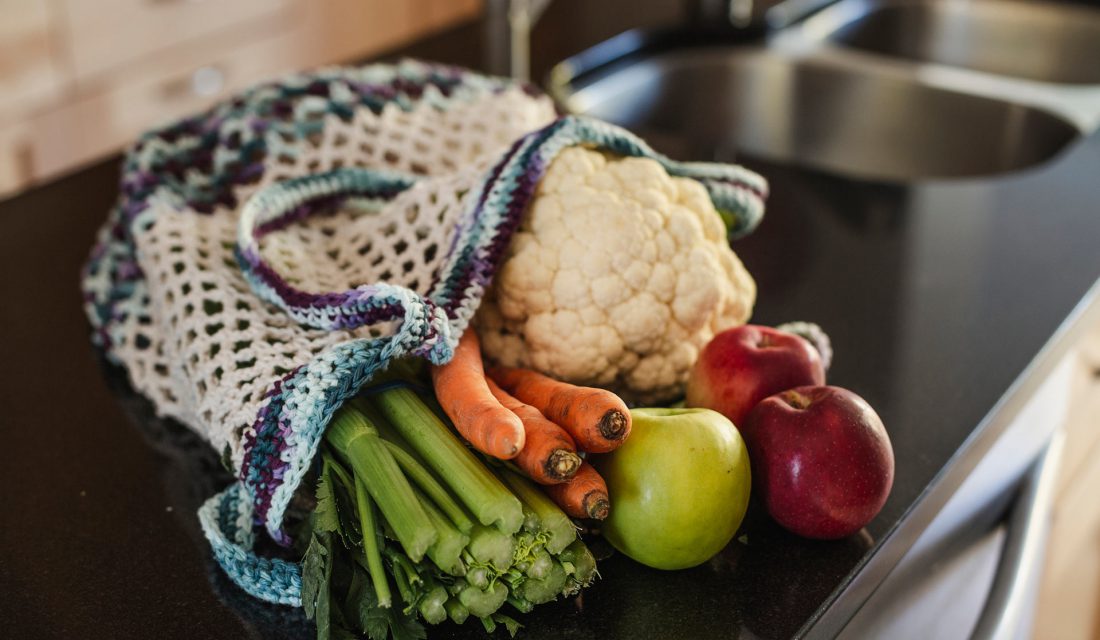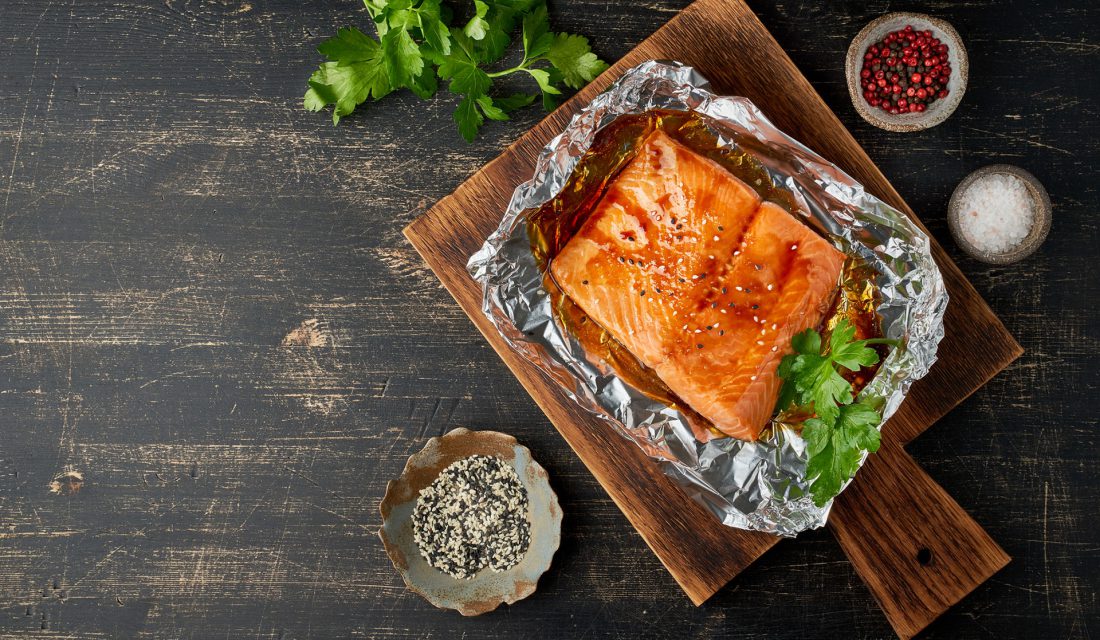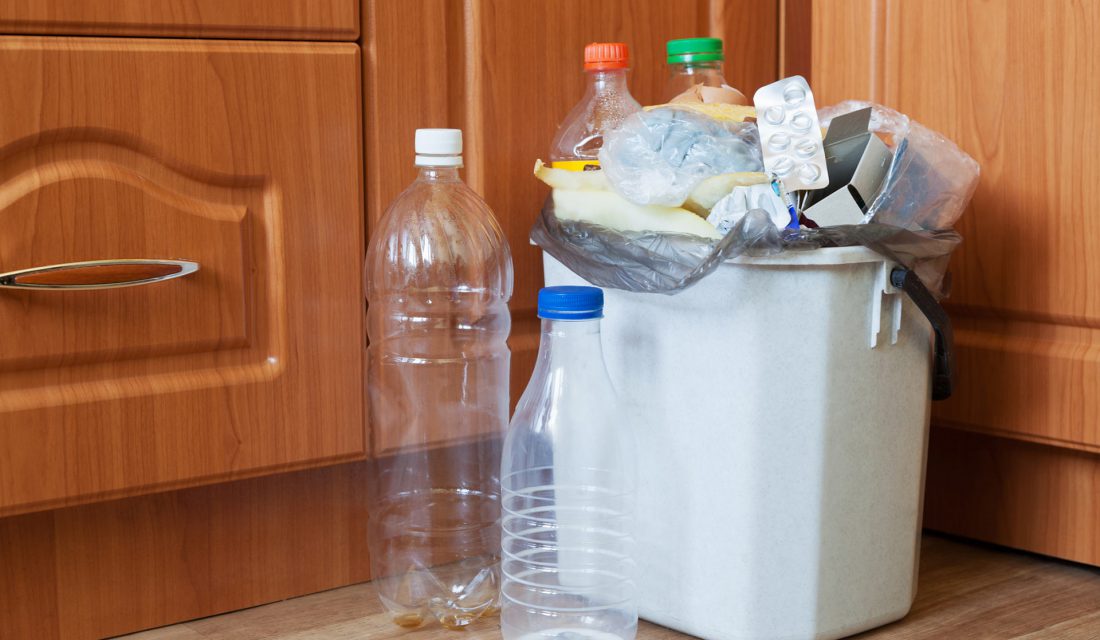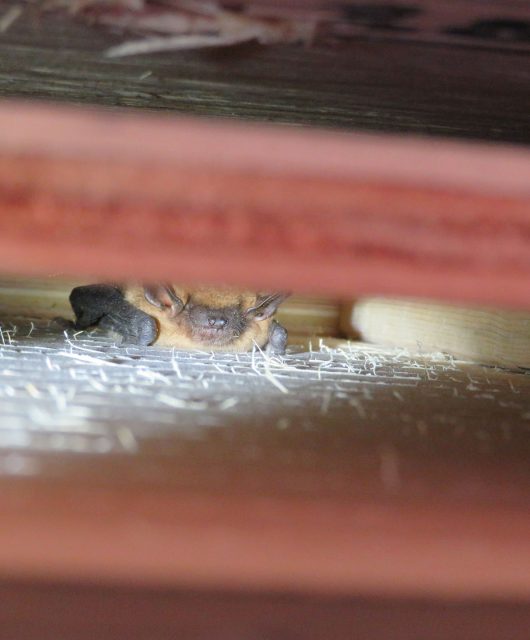Who doesn’t love an entire room dedicated to storing, preparing and enjoying food?
Whether you’re unloading groceries or cooking a meal with family, the kitchen is one of the most used rooms in the home. But it’s also a space that can quickly fill up with packaging, waste, appliances and other items. Fortunately, there are simple ways you can make your kitchen a more sustainable place to snack. Dig in for a few tips!
Green Your Clean

Do you have food that can’t be saved as leftovers? Make sure to compost your food scraps, including fruit peels, veggies, eggshells, tea bags, coffee grounds and more! Compost is a natural fertilizer that improves the structure of soil and reduces about 30 per cent of garbage sent to landfills. Composting is free and easy, but that doesn’t mean you can’t benefit from a little research. Read up on some best practices for effective, odour-free composting. Another way to green your clean? Swap paper towels for cloths and switch to natural cleaning products.
Shop Local

Local products don’t have to travel nearly as far to arrive in your kitchen. Buying food and produce from your region is a great way to help reduce carbon emissions – and it often tastes fresher too! Consider researching local farms and food markets to support, or look for region-specific stickers or labels at the grocery store.
Take a Stand Against Aquaculture
 Is salmon often on your grocery list? Open-pen finfish aquaculture is the farming of fish species, such as salmon, within net pens or cages that float in the ocean and are open to the natural environment. This type of aquaculture can threaten native populations of fish and other wildlife. These effects may put the survival of Pacific salmon species at risk.
Is salmon often on your grocery list? Open-pen finfish aquaculture is the farming of fish species, such as salmon, within net pens or cages that float in the ocean and are open to the natural environment. This type of aquaculture can threaten native populations of fish and other wildlife. These effects may put the survival of Pacific salmon species at risk.
But don’t worry – you don’t have to quit salmon altogether! Instead, avoid purchasing or eating farmed salmon unless you know it was farmed in a closed containment system. Moving farming operations to closed containment on land eliminates the threat of aquaculture while still producing fish and profits. We have a helpful guide for making wise choices when choosing salmon at grocery stores and restaurants.
Choose Energy-efficient Appliances
 Appliances are a big and infrequent purchase, but the next time you’re replacing your fridge, oven or dishwasher, consider opting for an energy-efficient model. Not only does this help the environment, it can help your electricity bill too! You can also invest in an aerator for your faucet to help reduce water usage without sacrificing water pressure.
Appliances are a big and infrequent purchase, but the next time you’re replacing your fridge, oven or dishwasher, consider opting for an energy-efficient model. Not only does this help the environment, it can help your electricity bill too! You can also invest in an aerator for your faucet to help reduce water usage without sacrificing water pressure.
Reduce Your Plastic Footprint
 Every year, 11 million metric tons of plastic waste flows into our oceans – and some of that can be traced back to the kitchen. Start by taking this quiz to discover your plastic footprint around the home. Next, take steps to reduce plastic in your kitchen by swapping sandwich bags for glass containers, cooking at home to reduce takeout packaging, buying in bulk when possible, and remembering a reusable tote when you go shopping.
Every year, 11 million metric tons of plastic waste flows into our oceans – and some of that can be traced back to the kitchen. Start by taking this quiz to discover your plastic footprint around the home. Next, take steps to reduce plastic in your kitchen by swapping sandwich bags for glass containers, cooking at home to reduce takeout packaging, buying in bulk when possible, and remembering a reusable tote when you go shopping.





